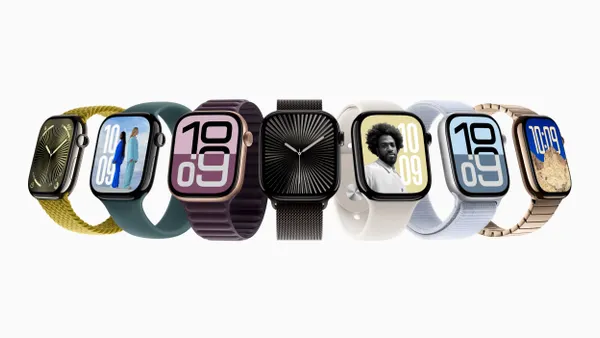Dive Brief:
-
A study published in a Nature digital medicine journal of two fertility awareness apps found the technologies offer a more accessible, but less precise, way to track menstrual health than traditional methods.
-
Instead of undergoing ultrasounds, hormonal testing and repeat visits to gynecologists, users of fertility awareness apps track temperature and cervical mucus to predict when they are likely to ovulate.
-
The analysis of data captured by the Kindara and Sympto apps led the independent researchers to predict self-tracked results will support the quantification of infertility or daily pregnancy chances.
Dive Insight:
Kindara, Sympto and other apps that use the fertility awareness method (FAM) ask users to measure and record variables including basal body temperature and cervical mucus. As changes in these variables are associated with different stages of the menstrual cycle, self-monitoring can theoretically help people identify the fertile window around ovulation.
However, there is a lack of independent research into the apps and the data they collect. To address that gap, researchers in the U.S. and Switzerland analyzed 1.6 million observations captured by Sympto and 32 million observations shared by Kindara users. The resulting paper was published in npj Digital Medicine, a Nature journal.
One objective of the analysis was to create a statistical framework for estimating ovulation time from the self-reported data. The analysis found the average follicular phase that precedes ovulation was longer than that seen in previous studies that used biomarkers to precisely track the cycle, with just 24% of ovulations occurring on day 14 or 15 of the cycle.
The researchers said some of the difference between their results and those of previous medical trials reflects that the large dataset they used captured a greater diversity of menstrual patterns than previous trials. They noted that other studies have examined efficacy of Natural Cycles, which FDA authorized last year as the first mobile medical application for use as a contraception method, but that product only takes into account body temperature.
"Based on the current findings, it appears that digital self-tracking of FAM-related body signs could provide a more accessible, although less precise, means to evaluate the status and evolution of menstrual health than traditional medical monitoring which requires frequent office visits for ultrasounds or hormonal testing from blood or disposable urinary tests," the researchers wrote.
The vote of confidence comes at a time when the menstrual cycle tracking market is becoming more crowded. Last month, Apple revealed plans to make a menstruation and fertility monitoring app available on its Watch device.










